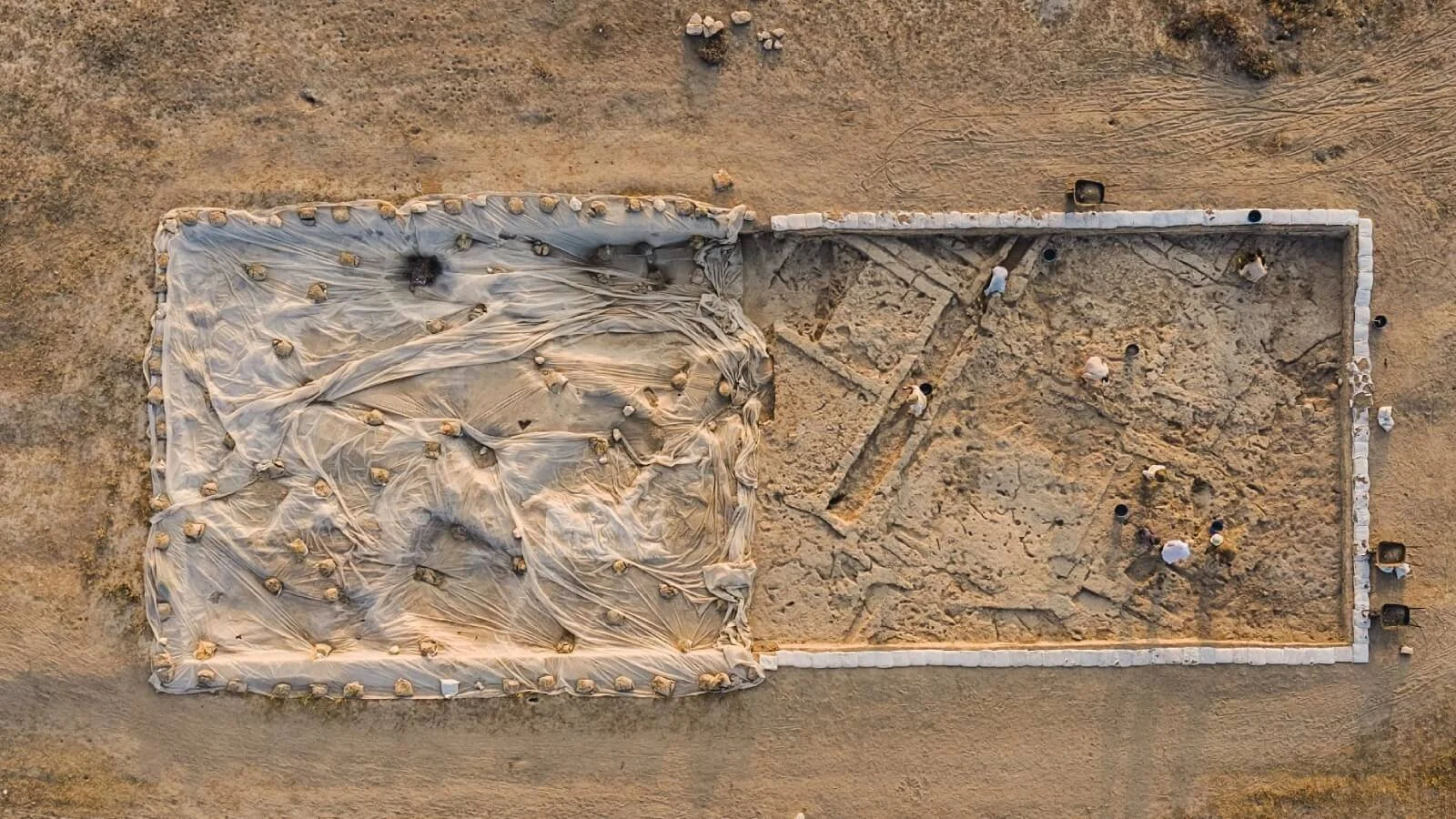For millennia, ancient sailors relied on the stars, sun, and natural landmarks to navigate vast oceans and unknown territories. Long before the invention of modern navigational tools, seafarers developed sophisticated methods to determine their location and chart their courses using celestial bodies. Archaeological evidence and historical texts provide valuable insights into how astronomy played a crucial role in maritime exploration and trade.
Navigating by the Stars
One of the most reliable methods of ancient navigation was using the stars. The North Star, or Polaris, was a critical reference point for sailors in the Northern Hemisphere, as it remained fixed in the sky, indicating true north. The Phoenicians, renowned maritime traders, used constellations such as Ursa Minor and Orion’s Belt to traverse the Mediterranean and beyond. The Polynesians also mastered star-based navigation, memorizing star charts and using them to guide their journeys across the vast Pacific Ocean.
The Sun and Other Celestial Bodies
The sun was another essential navigational tool. By observing its position during the day, sailors could estimate direction and latitude. The ancient Greeks and Romans used a simple technique called "noon shadow navigation," measuring the length of shadows to determine their position relative to the equator. The Vikings, who sailed across the North Atlantic, are believed to have used sun compasses and possibly sunstones—crystals that helped locate the sun’s position even on cloudy days.
Natural Landmarks and Coastal Navigation
While celestial navigation was crucial for open-sea voyages, sailors also relied on coastal landmarks and environmental cues when navigating closer to land. Mountain ranges, islands, and distinctive rock formations were used as reference points. Additionally, ocean currents, wind patterns, and bird migration routes provided valuable guidance. The ancient Egyptians, for example, carefully documented seasonal winds to aid their journeys along the Nile and beyond.
Archaeological and Historical Evidence
Archaeological discoveries, such as the Antikythera Mechanism—a complex Greek device believed to calculate celestial positions—demonstrate the advanced astronomical knowledge of ancient civilizations. Historical texts, including Homer’s Odyssey and Chinese navigation records, further confirm the importance of astronomy in early seafaring traditions.
Conclusion
Astronomy was an indispensable tool for ancient sailors, allowing them to explore and connect distant lands. By studying celestial bodies, natural landmarks, and environmental patterns, they developed navigation techniques that laid the foundation for future maritime advancements. Their ingenuity continues to inspire modern explorers and scientists, highlighting the enduring significance of astronomy in human history.







